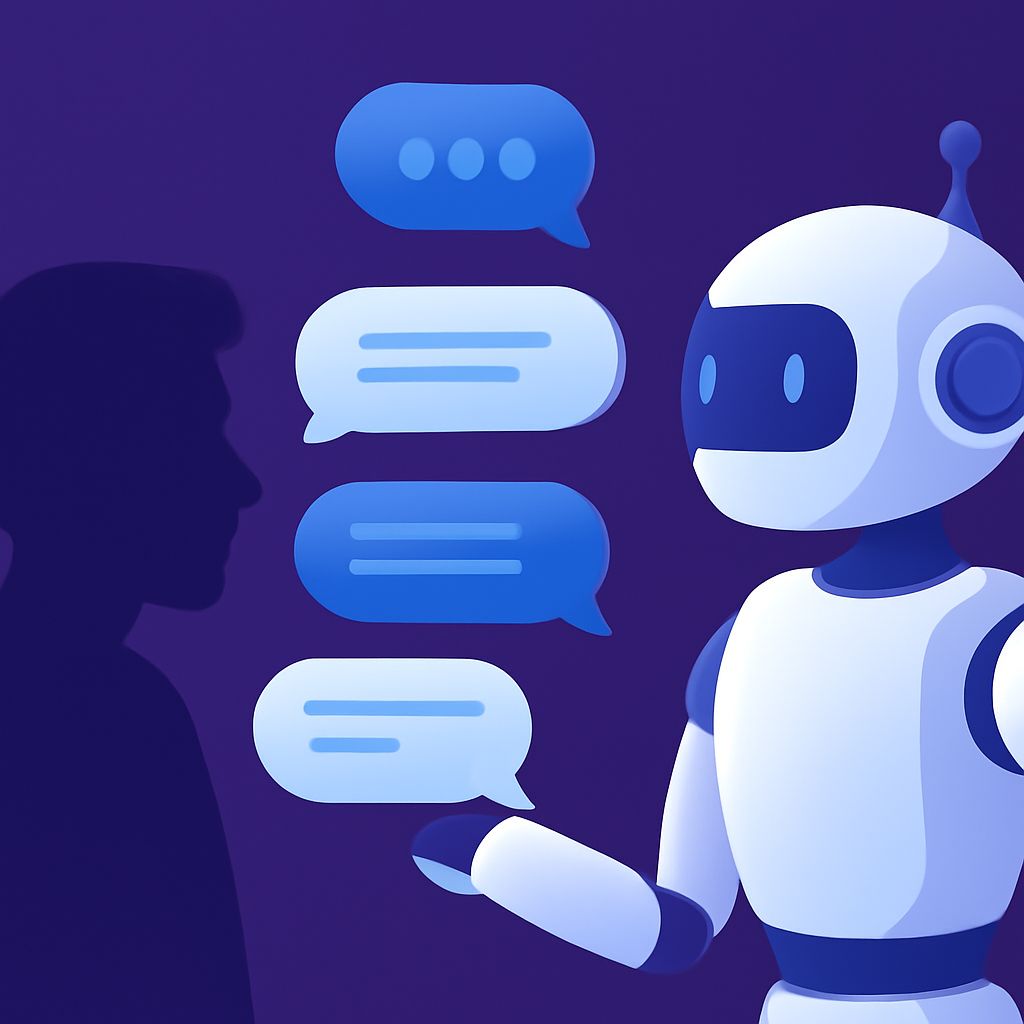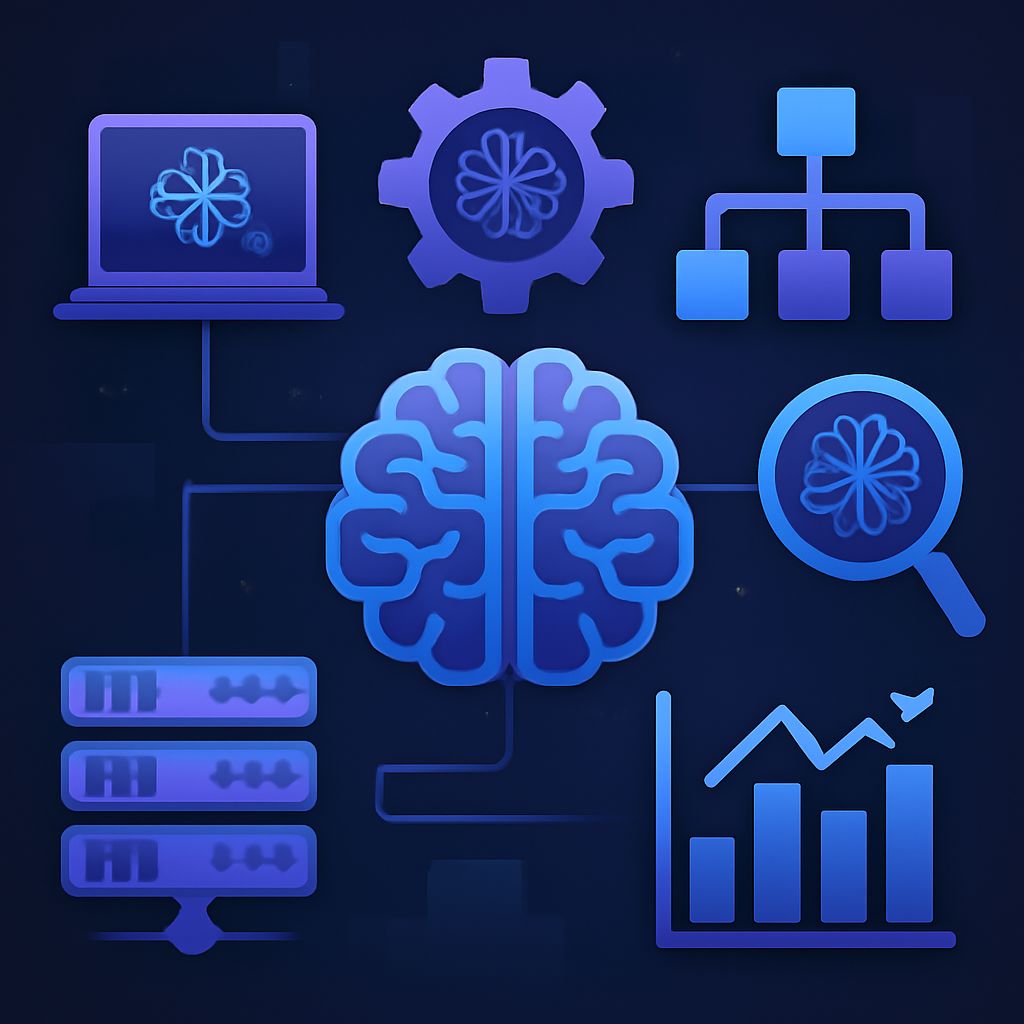The Evolution of Chatbot Technology
In recent years, chatbots have transformed from simple scripted questions-and-answers systems into sophisticated conversational agents that enhance user engagement and business efficiency. The era of advanced chatbot automation is here, characterized by remarkable improvements in understanding and mimicking human conversation. This new wave is not just about automating responses but mastering the intricate art of conversational flow.
The conversational flow is the seamless transition of dialogue that makes interactions with chatbots feel natural and unforced. As users demand more human-like interactions, mastering this element has become crucial for chatbot developers.
Key Components of Effective Conversational Flow
To achieve a smooth conversational flow, several key elements need to be considered:
- Contextual Awareness: A chatbot embedded with contextual understanding can recall information from previous interactions, leading to more personalized and meaningful conversations.
- Natural Language Processing (NLP): This technology allows chatbots to comprehend and process user input in a more human-like manner, which is essential for maintaining flow.
- Adaptive Learning: Through machine learning algorithms, chatbots can learn from past interactions and adapt their dialogue strategies to better serve user needs.
The combination of these components allows chatbots to deliver interactions that are not only efficient but also engaging.
Benefits of Automating Conversational Flow
Automation in conversational flow offers numerous benefits both for businesses and end-users. For businesses, it means:
- Increased Efficiency: Chatbots that master conversational flow can handle multiple queries simultaneously, freeing up human resources.
- Cost Reduction: Automating customer service provides a cost-effective solution to managing a high volume of user interactions without sacrificing quality.
- Enhanced Customer Satisfaction: When users have smooth, helpful conversations, their satisfaction levels increase, which can improve overall brand perception.
For users, enhanced automated conversational flows mean a more intuitive experience that helps them find solutions faster. This is pivotal in today’s fast-paced digital landscape.
Challenges in Mastering Conversational Flow
Despite the advancements, mastering conversational flow is not without its challenges. Issues such as understanding nuanced language, handling ambiguous queries, and ensuring consistent tone across interactions persist. Additionally, privacy concerns over data usage for personalization also pose a hurdle that developers must navigate carefully.
Understanding natural human dialogue—with its idioms, slang, and regional dialects—remains a significant obstacle. Chatbots must be meticulously programmed to recognize and respond appropriately, a task that often demands extensive databases and sophisticated language models. Moreover, handling ambiguous or emotionally charged queries can be tricky; thus, ensuring that the chatbot can pivot to live agents when needed is a solution often employed by developers.
Ensuring Privacy and Security
With the growing importance of data privacy, chatbot developers must ensure that they properly manage user data to prevent breaches and misuse. Implementing robust security measures and maintaining transparency with users about how their data is used are foundational practices in developing trustworthy and successful chatbots.
The Future of Conversational Flow
As technology continues to advance, the capabilities of chatbots will grow. We can expect to see improvements in emotion detection and sentiment analysis, which will enable chatbots to better understand and respond to the emotional states of users. Additionally, the integration of voice recognition technology will further enhance the natural feel of interactions, transforming the way users interact with digital platforms and services.
Futuristically, chatbots may venture beyond traditional customer service roles to become integral parts of marketing strategies, facilitating more personalized marketing communication with consumers. The advent of more sophisticated AI will enhance these capabilities, making chatbots indispensable in various facets of businesses.
FAQ
How do chatbots help businesses in customer service?
Chatbots streamline customer service by handling numerous queries simultaneously, reducing wait times, and ensuring users can access support 24/7. They are a cost-effective solution that enhances user satisfaction and operational efficiency. By efficiently processing vast amounts of customer service tasks, chatbots free up human agents to tackle more complex issues, further optimizing resource allocation within a business.
What technology is essential for perfecting conversational flow?
Technologies like Natural Language Processing (NLP), machine learning, and contextual analysis are vital in creating chatbots that can ensure a seamless conversational flow. NLP enables the chatbot to understand and synthesize language similar to human conversation. The use of machine learning means chatbots can dynamically adjust and learn from interactions, enhancing their performance and personalization with each engagement.
Can chatbots learn from their interactions?
Yes, through adaptive learning techniques, chatbots can analyze past interactions to improve future conversational strategies, making them more effective and personalized over time. With every conversation, they gather data, extract patterns, and refine their responses. This iterative learning process results in a continuous enhancement of interaction quality, fostering a self-improving service model.
What are the major challenges in implementing chatbot automation?
Challenges include understanding complex human language, maintaining a consistent conversational tone, and managing user data privacy. Developers must balance these factors to provide effective solutions. Furthermore, integrating the chatbot seamlessly with existing company systems and processes without causing disruptions poses an additional challenge. Additionally, developers must be wary of the ethical implications of AI and its potential biases, ensuring fair and unbiased interactions.
In conclusion, mastering the conversational flow in chatbot automation is both an art and a science. As businesses continue to integrate these systems, the focus will remain on enhancing personalization, improving accuracy, and maintaining robust data privacy. The journey towards achieving truly fluid and empathetic conversations with chatbots is ongoing, promising continued innovation and improvement.




